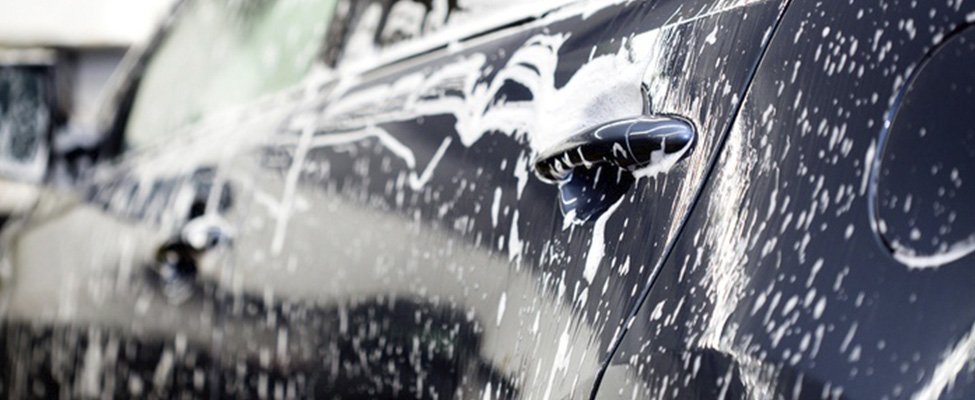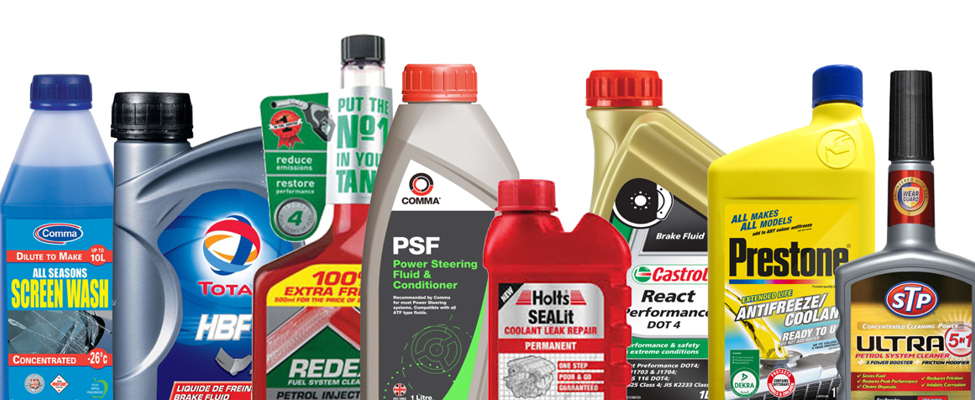7 Maintenance Tips to Avoid Prematurely Aging Your Car
Aging fast is never on anyone’s schedule. Everyone wants their vehicle to stay new, their kids to stop growing, and their sandwiches to stay fresh. Ok, maybe your kids can grow up a little bit, but who doesn’t want their vehicle to remain in mint condition as long as possible? Your vehicle is one of the most significant investments you’ll make in your life and by following these seven tips, you can retain the value of that investment longer, decrease your future maintenance costs, and increase your vehicle’s life-span.

Image Source: www.vancouverisawesome.com
1. Slow and steady
Potholes are as Saskatchewan as bunny-hugs. Being aware of oncoming potholes, and taking your time to avoid them may add a little time to your morning commute but will definitely save you a wheel alignment, suspension repairs, and tire replacements. Just slow down! Swerving at the last second to avoid potholes puts your vehicle at greater risk, as your suspension doesn’t work as well when your tires aren’t straight.
2. Give your brake a break
Remember that besides the obvious legal restrictions on speeding, driving faster means using your brakes more. Brakes will always need maintenance but they don’t need your help to wear out. Harsh and sudden braking can be dangerous for other drivers while also causing preventable damage to discs and calipers. Be selective when you want to ‘let er rip’ and allow loads of room in front of you so you can gradually come to a stop rather than slamming on the brakes.
3. Keep the mods to the minimum
Mechanical modifications, if done improperly, can seriously harm your vehicle. Some after-market parts, such as suspension modifications, for example, can increase wear and tear on CV joints. If doing modifications, always make sure you’re confident in the service and the products you’ve chosen. Visit Jacked Up Performance Automotive today for more information on high-quality automotive accessories.

Image Source: www.groupon.com
4. Wash your vehicle
Washing your car does more than make it look sharp. It adds longevity by cleaning away contaminants that cause corrosion. The underside of your vehicle is continually exposed to water, dirt, and grime that forms rust, so don’t forget to give it a good wash every so often as well. If your car is shaking seemingly out of nowhere, check the rims for caked-on mud. Use Spiffy’s high-pressure hoses to remove the dried mud and your tire balance should be back to normal.
5. Maybe it’s time to retire
If your tires are bald or cracking, it just makes good safety sense to invest in a new set. It is less costly than a blowout and will keep your car’s suspension and brake module aligned properly. Driving with improperly inflated tires also wastes fuel and will wear down your tire tread. Tire maintenance checks can be done at home and should be done at least once a month.

Image Source: www.engineoils4u.com
6. Hydration is key
The essential functions of your vehicle is made possible by the fluids coursing through it at every moment which makes maintaining fluid levels absolutely imperative.
Fuel
Obviously, your vehicle needs fuel to move but keeping a full tank keeps grits from blocking your fuel filter and your fuel pump working at its best.
Engine oil
It’s important to replace engine oil approximately every six months but you should try to get in the habit of checking the level at least once a month. When you are checking the levels on your dipstick, the oil should be homogenous and smooth. If it seems dark and gritty, it’s past time for an oil change.
Transmission fluid
Transmission fluid keeps your gears moving smoothly and should be monitored as often as possible. Double-check the owner’s manual for the recommended maintenance schedule. When checking your transmission fluid, you’re not necessarily looking at the quantity of fluid in this case but more the quality. If it is brown or smells burnt, it is time to replace it.
Coolant
Coolant, otherwise known as antifreeze, keeps your vehicle from overheating and should be checked at least twice a year. If the vehicle is recently driven, make sure it has had a chance to cool before checking the coolant levels. Double-check the owner’s manual for recommended type of coolant as crossing fluid types can harm the system.
Brake fluid
The importance of your brakes can’t really be overstated, so irregular brake performance should be addressed as soon as possible, and brake fluid is a good place to start. It usually needs to be replaced every two years but if you find it is cloudy or gritty it’s due to be replaced.
Power steering fluid
Typically, power steering fluid is intermittently topped off and not necessarily replaced. When this fluid is low, you usually can feel “creaking,” in the steering wheel or hear unusual sounds. The levels should be checked every month and your owner’s manual should be consulted to identify the suggested type of power steering fluid recommended. If you find you are constantly low, take your vehicle to your branded dealer and have their service technicians look for a possible leak.
7. Protect the Paint
Suntek™ Paint Protection Film is a clear polyurethane film designed to protect automotive paint and other vulnerable surfaces from stone chips, scratches, bug damage, road tar stains, automotive fluid stains, and punishing outdoor weathering. It does not alter the appearance or texture of the vehicle but adds peace of mind and an extra layer of protection against damaging elements. Should you notice small paint chips, it’s a good idea to cover them with a touch-up pen before the metal starts to rust!

Saskatchewan roads can be punishing to vehicles, but bad habits can be even worse. If you adopt these 7 tips, you’ll allow your car to go further and you’ll enjoy a happier drive. Remember, when you take good care of both yourself and your vehicle, you’ll have years and wonderful memories ahead.
A little tune-up never hurt a vehicle either. Check your vehicle’s maintenance schedule and book a service appointment today.





